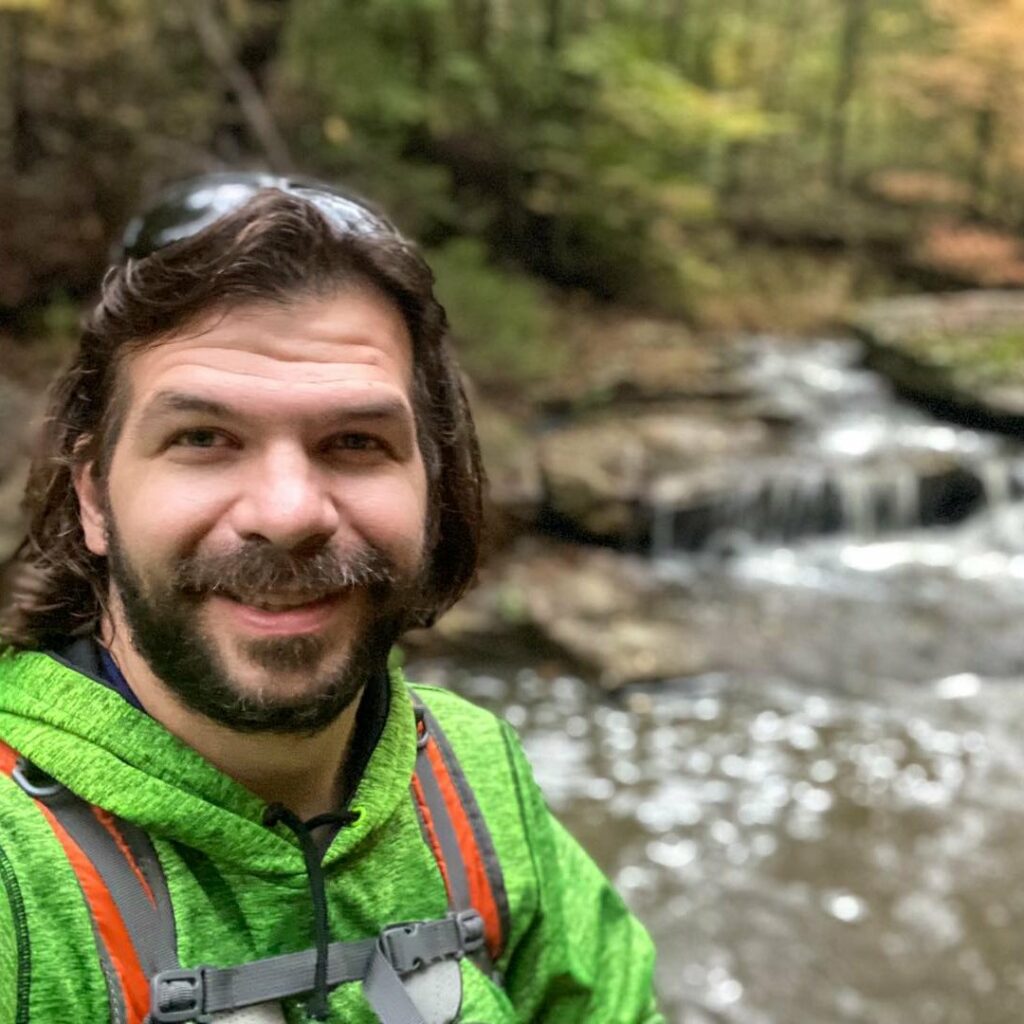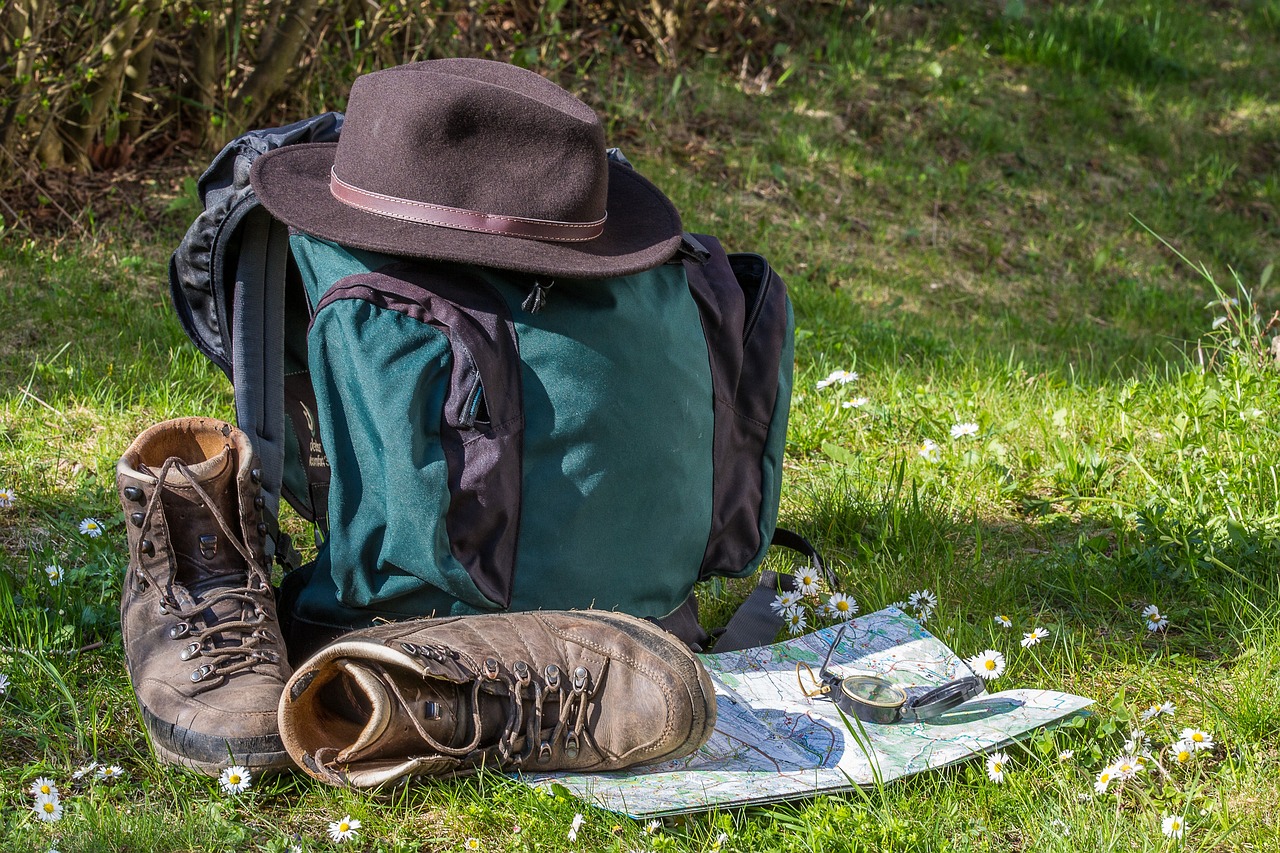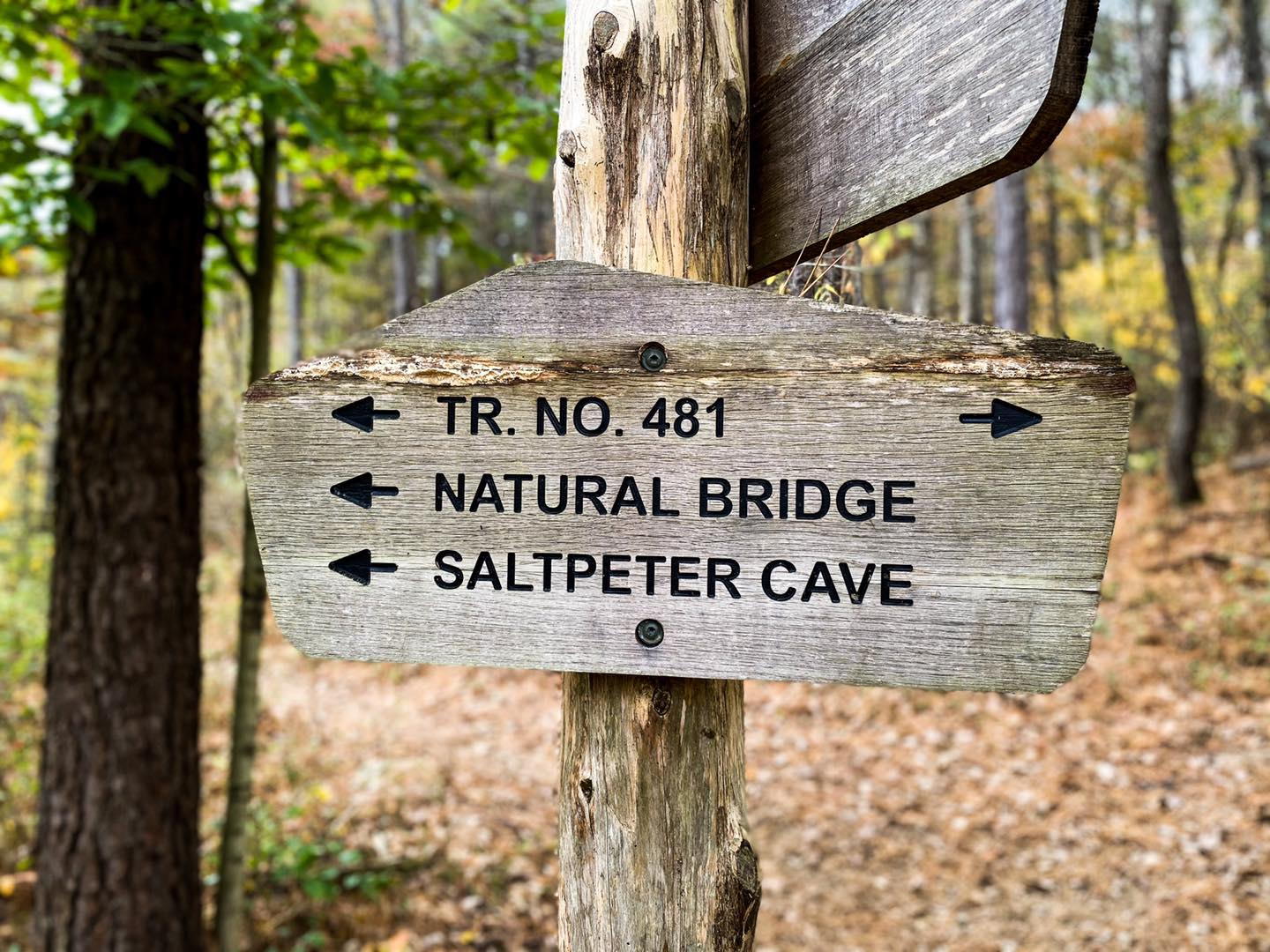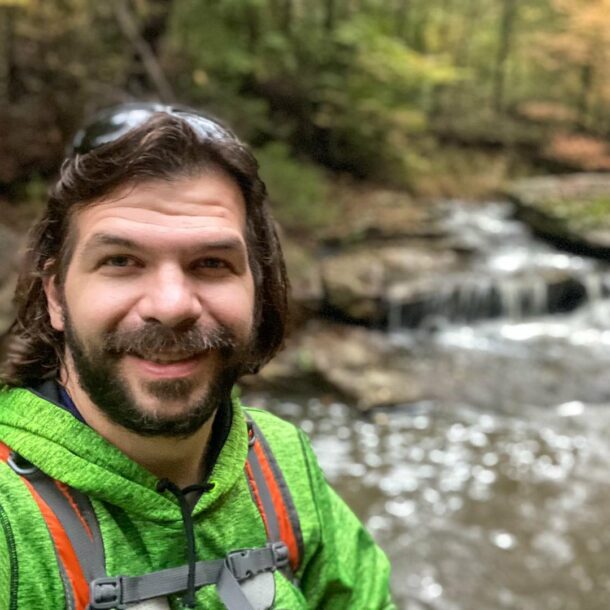Hiking for Beginners on a Budget
I wanted to create something for hiking for beginners on a budget because not everyone can afford the best hiking gear and take any hiking trip they want.
And that’s fine. But you should still get out and hike if you can. I actually budget hike myself, which is why you don’t see articles and videos of me hiking trails worldwide.
Social media glamorizes us hiking influencers as these world travelers with unlimited budgets, but in reality, most of us are just like any other average person. But I suspect some are in much more debt than they’ll admit.
So, enjoy these tips for hiking for beginners on a budget because they’ve worked well for me over the years.
Hiking for Beginners on a Budget: Gear
As you might understand, hiking for beginners on a budget tips has to start with the gear. Gear costs seem to intimidate many new hiking beginners. And it’s understandable. REI is a great company, but their gear is often expensive. Not everyone can afford to fork over that much money. Luckily there are plenty of options for budget-friendly hikers.
Hiking Footwear
If there is one thing I will spend the most on, it’s hiking footwear.
Protecting your feet is really important. You want to keep them pain-free, dry, and comfortable. If your feet are hurting, wet, and uncomfortable – hiking will probably get ruined for you. Because that’s all you’ll think about for the whole trip instead of enjoying yourself.
I would recommend having a budget of $150 to $300 for hiking footwear. But there are cheaper options you can go with. Cheaper shoes or boots will not typically last a while. That’s the kicker. Hiking is hard on footwear because of how rugged it is.
There are cheaper hiking footwear options to go with. Merrell, Keen, and Oboz are relatively cheap and popular for budget-friendly hiking shoes and boots.
It’s best to have a summer boot or shoe and a winter boot. I typically wear my Oboz Waterproof Boots all year round. I like to keep my feet as dry as possible.
If you’re going for easier trails where you don’t have to get wet – some cheap trail running shoes should also be all you need for a hike. Trail runners are very popular in the hiking community because they’re lightweight. I bought a pair of trail runners for about $40 that are nice for easier hikes. They’ve lasted me a few years now.
You can go cheap if you have to, but I recommend spending the most on hiking footwear out of all the gear you can buy.
Hiking Clothing
Regarding hiking for beginners on a budget, your clothing is relatively easy to spend less on.
Get off-brand clothing. Most expensive hiking apparel costs as much because of the name stamped on it. You should be able to find cheaper off-brand hiking clothes that are good enough to wear. And much of it is created with sustainability in mind, too.
Stay away from denim, cotton, leather, and anything that will either hold in moisture or will not wicker moisture away from the skin.
I buy hiking pants from Walmart for less than $15 a pair. I order my leggings, half tights, and socks from Amazon. Just read the reviews and see how good the clothing is.
It’s always good to look for features that help reduce our impact on the environment, such as recycles materials being used. It’s also good to research brands that are not using sweatshops or inhumane practices of the people creating the apparel.
Try to get a basic understanding of how to sew. You can repair your hiking clothing this way. That will allow you to keep using your same clothing year after year if there is wear and tear on them.
Cheap clothing is fine as long as you’re comfortable and it protects you from the elements.
Hiking Backpack
Usually, hiking backpacks are relatively cheap in most chain-based outdoor recreation stores.
I’ve seen them for as little as $30 for a basic day hiking backpack. You can get a better one for about $100 from most of these stores.
Just make sure the backpack is made for hiking. A school backpack is not meant to prolong wear in a rugged environment. It could hurt you or break and cause you problems in carrying out your gear. You need an adjustable backpack made for the outdoors.
I buy Osprey backpacks, and while they’re a little pricy, they guarantee them for life. I’ve had to send mine off for repair in the past, and they are true to their word.
But you can get a cheaper one from Academy Sports or Dick’s Sporting Goods, and it can last just as long as mine if you take care of it.
Rain Gear
Rain gear for hiking for beginners on a budget is simple.
Most outdoor chain stores or even some Dollar stores sell pocket-sized rain ponchos (usually clear in color) for less than $5. That’s really all you need. Get an oversized one to put over you and your pack.
Frog Tog makes a nice rain jacket and rain pants combo for less than $30. We use those when we go caving, and they work really well.
Get a large trash bag and stick all your gear in it. Then put it in your backpack. Your pack might not be water resistant, but now your gear will be.
If you don’t have waterproof footwear, neoprene socks are a great way to keep your feet dry and are relatively cheap online.
Navigation
There are many great free navigation options for your phone. Most of them require a fee if you want to use them without a cellphone signal.
You can buy the premium service or learn to use paper maps and a compass. Alternatively, you can stick to trails where you’ll have phone service the entire time. But the best hiking tends to be the ones where there is no phone service.
You can get maps for very little cost or even free. Compasses are relatively cheap unless you want all the bells and whistles that come with most military-grade ones.
Just ensure you have some form of navigation to keep yourself from getting lost.
Sun Protection
Buy a big bottle of sun protection lotion and fill up travel bottles when they’re empty.
Wear sun protection clothing such as a hat, pants, and love sleeves.
Wear sunglasses.
You can get most of these items cheaply at most chain retailers.
Layers
Merino wool is nice but often expensive.
Insulted running clothing (shirts and tights) can be roughly five times less expensive than Merino clothing. They also work just as well. It’s way runners often wear it in the cold with nothing else on.
Academy and Dick’s both have their own brand of fitness clothing. I’ve bought insulated shirts and leggings from them that added up to less than $50 for both tops and bottoms. They work great for extra layers when you need them. And spandex is typically lightweight and easy to carry or wear as a layer.
Layering works best when you can remove or put layers on as needed per the temperature and weather conditions along your hike.
Lighting
You can get a waterproof headlamp for less than $10 online or from stores like Walmart or Costco.
Bring extra batteries and maybe a cheap handheld flashlight, just in case.
First Aid Kit
Make your own first aid kit to save money.
Take a Ziploc bag and fill it up with supplies you’d likely need.
I put in bandages, alcohol prep pads, tweezers, triangle bandages, Tylenol, antidiarrhea pills, blood clot powder, sting wipes, antihistamines, gloves, and cotton balls.
It’s way cheaper to buy the supplies you need and make your own kit than to go with a brand.
Fire Kit
Bring a simple lighter and a box of waterproof/windproof matches.
Bring some cotton balls soaked in wax or drier lint to help start your fire.
Make sure your fire is cold to touch before walking away. Only you can prevent wildfires.
Repair Kit
This is simple.
A multi-tool that you can get cheap at a hardware store.
Some duct tape.
A small sewing kit.
And a small pair of scissors.
Food and Water
Make sure you bring plenty of water. Smart water bottles are great for use repeatedly unless you buy reusable water bottles that you can fill up with tap water as needed. Buying cases of bottled water gets pretty expensive, and it’s not very good for the environment.
Buy a water filter (or water purification tablets which are usually cheaper) if you need to filter for more water.
Food wise – You don’t need to buy expensive freeze-dried foods. You only need non-perishable foods from home (tuna pouches, cheese, crackers, just add hot water-pasta pouches, etc.) with protein and carbs. You just need something easy to make to fuel your hike. Ramen noodles are not very good for hiking unless you add something to them to fuel yourself more.
Don’t forget to bring some snacks with you, too.
Knife
Bring a pocket knife with you. It doesn’t need to be anything fancy. As long as it cuts and is durable, that’s all that matters.
How to Find Hiking Trails on a Budget
Hiking for beginners on a budget doesn’t have to be expensive regarding finding where to go hiking.
Stay local to save the most money. Plan to visit the nearest local hiking area if you live in a city. Many bigger cities have preserves and wooded public land areas with hiking trails. There might be some near you that you’ve never even known about. Search Google for “hiking near me” or include your city and state in the search results.
Download All Trails on your phone. It’s free. It will tell you all the trails that are closest to you.
Many state parks have hiking trails within them.
Check the next state over for hiking vacations rather than driving all the way out west and spending a lot of money in the process.
Go to your local ranger station for paper maps. Most are free. You can also print them from the Internet most of the time.
Budget Hiking Frequently Asked Questions
Here are some great tips for hiking for beginners on a budget.
Where can I find the cheapest options for hiking boots and clothing?
Check out your local thrift stores. Many of these stores carry used hiking boots and clothing with extremely low price tags on them.
Where can I find the cheapest options for hiking gear?
Yard sales are a great option, especially in areas where outdoor recreation sites and hiking trails are present. You can also find great used hiking gear on internet marketplaces such as Facebook or eBay.
How can I save the most money on my hiking adventures?
Try to hike locally if you can. Bring your own lunch rather than stopping somewhere else to eat. Tent camp in the wilderness rather than staying in a cabin or Airbnb.
Hiking for beginners on a budget isn’t hard to do. You’ll have to bargain shop, look for specials and deal days, and even buy used gear. But you can save a lot of money if you set your mind to it. The great thing about hiking is that it’s free most of the time. If you’ve enjoyed this article and would like to support me in writing it, consider donating or sharing it with others. Subscribe to my free monthly newsletter for more hiking tips and resources.
Please Support Hiking with Shawn
Alrighty folks, I hope you have enjoyed this content. I provide it for free and it takes a while to create. If you would be so kind enough to support my efforts, you can do so by sharing this post with others, especially on social media. Be sure to subscribe to my YouTube Channel to see my latest videos, shorts and live streams. Follow me on Facebook, Instagram, and Twitter for unique content that you will only find on those pages. You might also join my Southern Illinois Hiking & Outdoor Resources Group on Facebook, too!
You can also support me by becoming a Patreon Supporter for as little as $3/month and you can cancel anytime (no contracts or catches). Patreons get access to extra features, exclusive articles, sticker packs, gifts and more. Consider buying official Hiking with Shawn Merchandise as another way to support me. I spend a lot of money on Hiking with Shawn and because of extremely high public land permit fees, I make very little money in return so everything helps.
Thanks again for checking out another one of my articles and until next time, I’ll see you on the trail!

Shawn Gossman
Founder, Hiking with Shawn
Howdy folks! My name is Shawn Gossman and I founded Hiking with Shawn. I’m an avid hiker, cyclist and outdoorsman here in the Shawnee National Forest. I was born and raised in Southern Illinois and never want to leave. Click here to learn more about Shawn Gossman




Trackbacks/Pingbacks